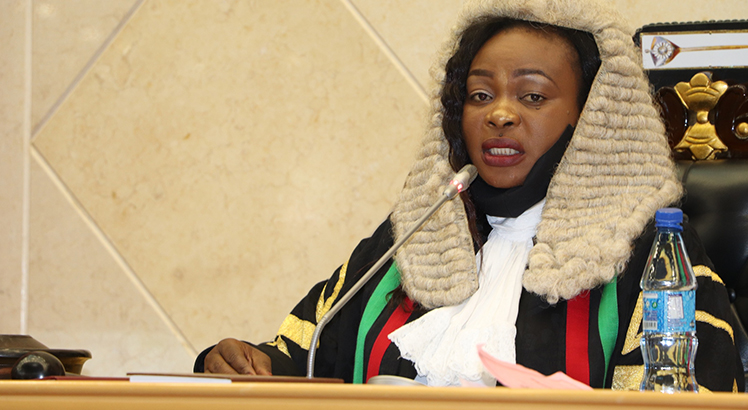Treasury to borrow K630.7bn in 3 months
Treasury plans to borrow K630.7 billion from the domestic market through treasury securities between October and December this year, a development that is expected to further bloat government’s domestic debt.
The move comes at a time analysts have cautioned government to tame its appetite for borrowing or risk destabilising the already fragile macroeconomic environment and crowd out the private sector.

A debt issuance calendar issued by the Reserve Bank of Malawi (RBM) last week shows that Treasury plans to borrow K353.8 billion through treasury bills and K276.8 billion through treasury notes.
The figure is about 96 percent of the K653.9 billion that Treasury plans to borrow from the domestic market in the 2022/23 financial year, which runs up to March 31 next year.
This fiscal year’s overall deficit is pegged at K884 billion, which is 7.7 percent of gross domestic product (GDP), expected to be partly financed by foreign borrowing of K230.07 billion.
Already, domestic debt, currently at around K3 trillion has in the recent past grown substantially on account of consistent budget deficits due to the rising expenditures against slow growth in revenues and a drop in budget support.
Meanwhile, data quoted by investment advisory firm Bridgepath Capital shows that within five months of this fiscal year, Treasury has borrowed K612 billion or 94 percent of the planned K653.9 billion to be borrowed domestically.
Speaking in an interview on Sunday, economist Exley Silumbu said such domestic borrowing is a cause for concern, especially now when the economy is not performing well.
He said: “What is most worrying is that government is increasing its debt burden as well as crowding out the private sector.
“Already, there are calls from international partners for the country to tame debt at a time domestic debt is on the rise.”
Silumbu said government risks frustrating conditions of international financing organisations, which have limits in terms of borrowing.
Catholic University economics lecturer Hopkins Kawaye said the current borrowing plan points to a debt crisis.
He said: “This has the potential to raise interest rates, drive out private investors and in the end, investors will lose confidence in the country’s fiscal position.
“Obviously, we are going against the advice of international funders.”
Economics Association of Malawi executive director Frank Chikuta said Treasury should ensure that it borrows within the targeted limit.
Malawi University of Business and Applied Sciences economics professor Betchani Tchereni said in a seperate interview commercial banks are smiling as they know that they are going to make huge profits, but the real sector is the major loser.
“When government is borrowing a lot like it is now, commercial banks are assured of a ready market, but as this is happening, there will not be enough funds to be advanced towards industrialisation or indeed private sector,” he said.
RBM data shows that the banks’ supply of credit to the domestic economy continues to be taken up by govoernment compared to the private sector.
Recent RBM data shows that credit to the public sector has continued to rise, standing at K131.1 billion during the second quarter of this year, following another increase of K132.7 billion registered in the previous quarter.
Borrowing by a government is deemed to be sustainable when it is below 50 percent of GDP, comprising domestic borrowing of not beyond 20 percent of the GDP and external borrowing not exceeding 30 percent of the broadest measure of economic activity.
Treasury also faces a huge finance obligation in terms of interest payment, with figures showing that this fiscal year alone, it has budgeted to pay K523.75 billion, an increase from K299.73 billion in the previous financial year.





